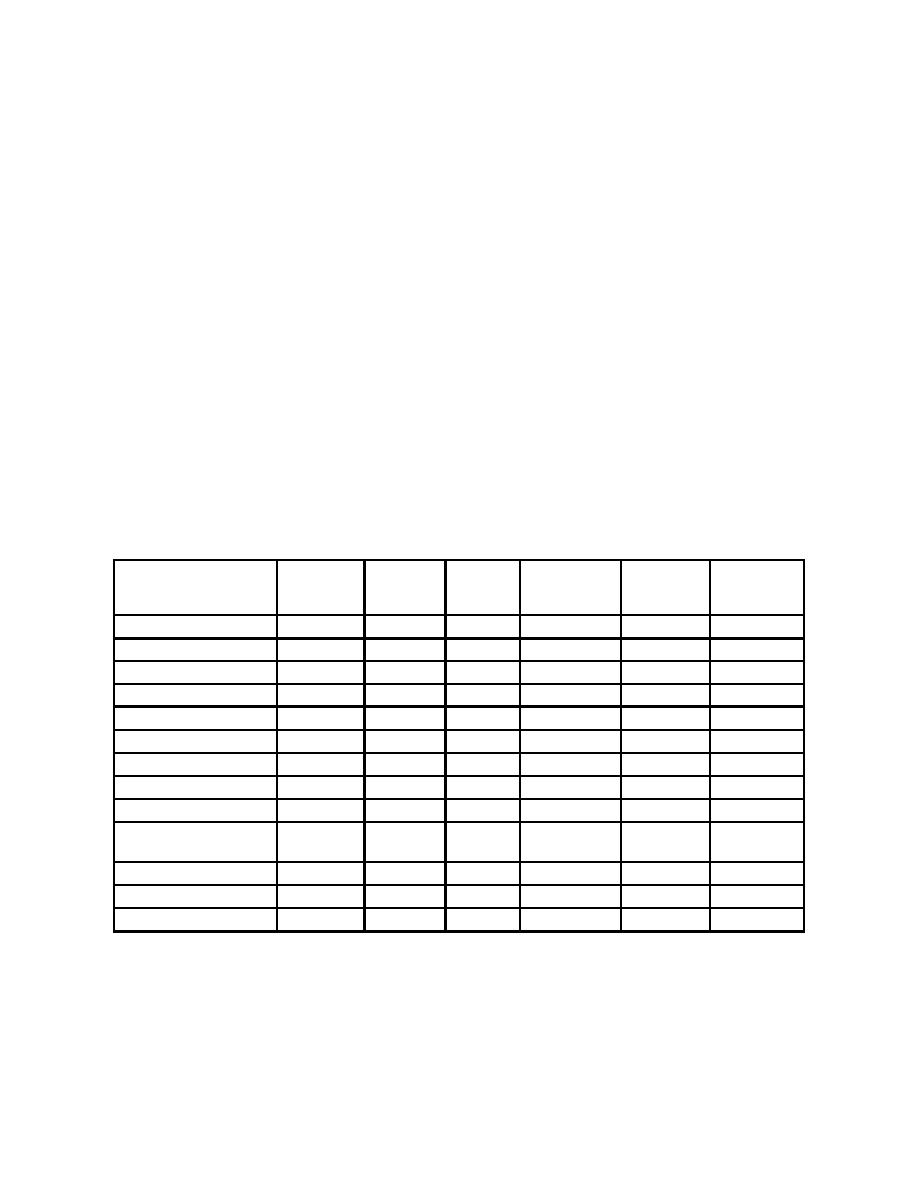
CEMP-ET
TI 809-53
01 May 1999
b. Re-cover. The term re-cover is used when a new roofing system is to be superimposed
directly over an existing system. In this case, underlying conditions are obscured making
assessment of their condition more difficult. Additional concerns include how the re-cover system
will be attached to the existing membrane or roof deck, and compatibility with the substrate. The
potential for trapped water between the old and new membrane may suggest the use of venting
base sheets and/or roof vents.
2-5.
ENVIRONMENTAL ISSUES. A relatively new design criterion is whether the roof system
under consideration meets green criteria, such as whether the system incorporates post-
consumer waste or is itself recyclable at the end of its useful life. Roof system waste is bulky and
puts a great strain on waste disposal sites. Energy efficiency is also important in terms of raw
materials acquired, production of finished goods, and application of the roof system. Thermal
performance in service and retention of thermal value with age are equally important. A
sustainable or robust roof is highly desirable as extension of the life of the roof contributes to
overall conservation. High albedo (reflective) roofs may improve localized climate conditions. The
felt used in asphalt organic shingles consists primarily of recycled wastepaper, wood chips, and
sawdust. Asphalt itself is a by-product of petroleum refining. Wood fiber and perlite roof
insulation contain waste paper. Glass fiber and asphalt organic shingles have been recycled into
asphalt curbing and the like. Wood shingles and shakes can be recycled into garden mulch.
Steel and aluminum contain recycled scrap and at the end of their life, metal panels can be
recycled back into scrap. Tables 2-2 and 2-3 compare environmental considerations for steep
and low-slope roofing systems.
Table 2-2. Preserving the Environment--Steep Roofing
Used
Minimize
Maint/
Recyclable
Typical
Re-cover
Recycled
Health
Repair
w/o
Reusable
Durability
Material
Risk
(e)
Removal
Asphalt Shingles
Strip/Seal-Down
Yes
Yes
Easy
No (b)
15
Yes
Laminated
Yes
Yes
Moderate
No (b)
20
No
Interlocking
Yes
Yes
Easy
No (b)
15
Yes
Yes
Yes
Easy
No (b)
10
Yes
Asphalt Roll Rfg
No
Yes
Moderate
Reusable
50
No
Clay Tile
No
Yes
Moderate
Reusable
50
No
Concrete Tile
No
Yes
Moderate
Reusable
50
No
Slate
Yes
Yes
Moderate
Yes
(d)
No
Architectural Metal
Yes
Yes (a)
Moderate
Yes
25
No
Crafted Metal
(Soldered)
Renewable
Yes
Easy
(c)
15
No
Wood Shakes
Renewable
Yes
Easy
(c)
15
Yes
Wood Shingles
Yes
Yes
Moderate
Yes
(d)
No
Metal Look-Alikes
(a) Lead-free solder.
(d)
Finish may be warranted for 20 yrs.
(b) Economics not favorable at this time.
(e)
Ease of replacing damaged units.
(c) Shred into mulch or incinerate.
2-3


 Previous Page
Previous Page
